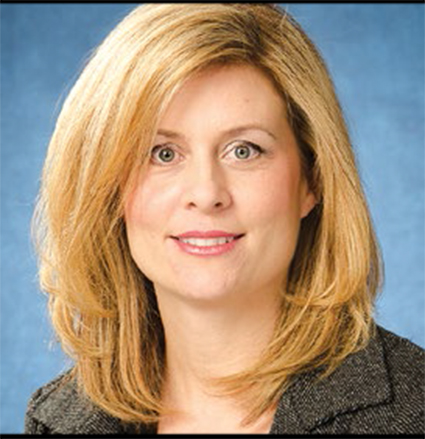Page Content
People Who Make Things Happen
The interconnected nature of the world today makes international education more valuable and relevant than ever.
—Alberta Education 2011
 Alberta’s international education initiative encourages teachers to reach beyond the borders of teaching practice, geography and culture. The International Education Exchange Program (IEEP), administered by the Alberta Teachers’ Association, offers professional development exchange opportunities with its international counterparts. IEEP provides Alberta teachers with opportunities to enrich their practice by teaching in Australia, Denmark, Germany, Spain or the United Kingdom on year-long teacher exchanges or short-term job shadowing for teachers and administrators. Long-term exchanges involve swapping teaching assignments and homes for one year. Job shadowing opportunities are two-week hosted exchanges with international counterparts.
Alberta’s international education initiative encourages teachers to reach beyond the borders of teaching practice, geography and culture. The International Education Exchange Program (IEEP), administered by the Alberta Teachers’ Association, offers professional development exchange opportunities with its international counterparts. IEEP provides Alberta teachers with opportunities to enrich their practice by teaching in Australia, Denmark, Germany, Spain or the United Kingdom on year-long teacher exchanges or short-term job shadowing for teachers and administrators. Long-term exchanges involve swapping teaching assignments and homes for one year. Job shadowing opportunities are two-week hosted exchanges with international counterparts.
As countries develop an integrated global view, the exchange of educational views has been integral to the dissemination of new ideas and reforms. Interaction between education systems leads to a greater appreciation of educational practices in one’s own community. International programs add to the strength and resiliency of our school system and help teachers to navigate successfully through the technologically connected world of 21st century learning (Alberta Education 2011). Teacher exchanges give educators insight into their own culture and encourage positive engagement with the international community. In turn, knowledge gained by participating in international programs transfers to the classroom and students, which is then translated to wider economic, political and cultural structures (Alberta Education 2011).
A teacher exchange is a good example of collaboration between individual teachers and education authorities. Allowing educators to expand their proficiencies and reach their full potential creates a more skilled, flexible and competitive workforce (Alberta International 2013). Educator exchanges present a unique PD opportunity for teachers and school administrators to collaborate within their profession.
As mentioned, an international teacher exchange experience forces educators to step outside their familiar surroundings and educational landscape to explore new learning and teaching communities. Pedagogical knowledge is unpacked and applied in unknown territory. Participants gain firsthand knowledge of another culture, which prompts participants to reflect on their own practice. Exchange teachers achieve a deep theoretical understanding of the forces acting upon education globally and how local and international education systems are part of a larger framework.
Benjamin Franklin noted “[humanity] is divided into three classes: those that are immovable, those that are movable, and those that move”—the last are people who make things happen. Be someone who makes things happen—apply for an educator exchange at www.ieep.ca.
For more information
For more information about teacher exchange programs, contact the International Education Exchange Program by e-mail: Teacher.exchange@ieep.ca; Twitter handle: @CarolynFreed; or follow the conversation at #teacherexchange.
References
Alberta Education. 2011. Key Messages for Promoting IEW and International Education. Government of Alberta Ministry of Education. Retrieved from http://education.alberta.ca/media/6604158/keymessages.pdf.
Alberta International. 2013. Alberta’s International Strategy 2013: Building Markets. Ministry of International and Intergovernmental Relations, Government of Alberta. Retrieved from www.international.alberta.ca/documents/ABInternationalStrategy2013.pdf.
Alberta Teachers’ Association. 2013. International Educational Exchange Program. Retrieved from www.teachers.ab.ca/Teaching in Alberta/student-teacherexchanges/Pages/EducationExchangePrograms.aspx.
___________________________
Carolyn Freed is the International Education Exchange Program liaison with the Alberta Teachers’ Association.
